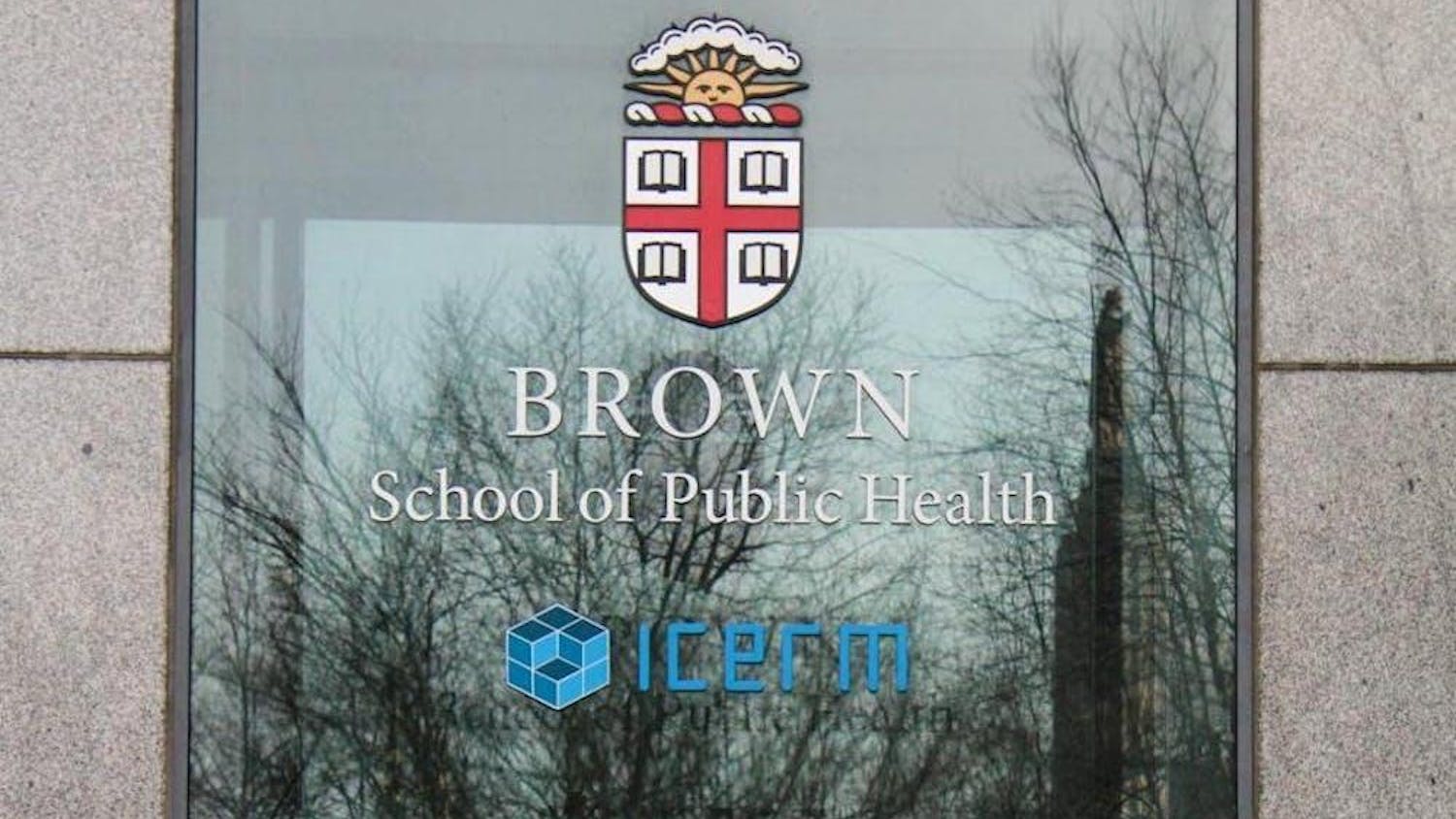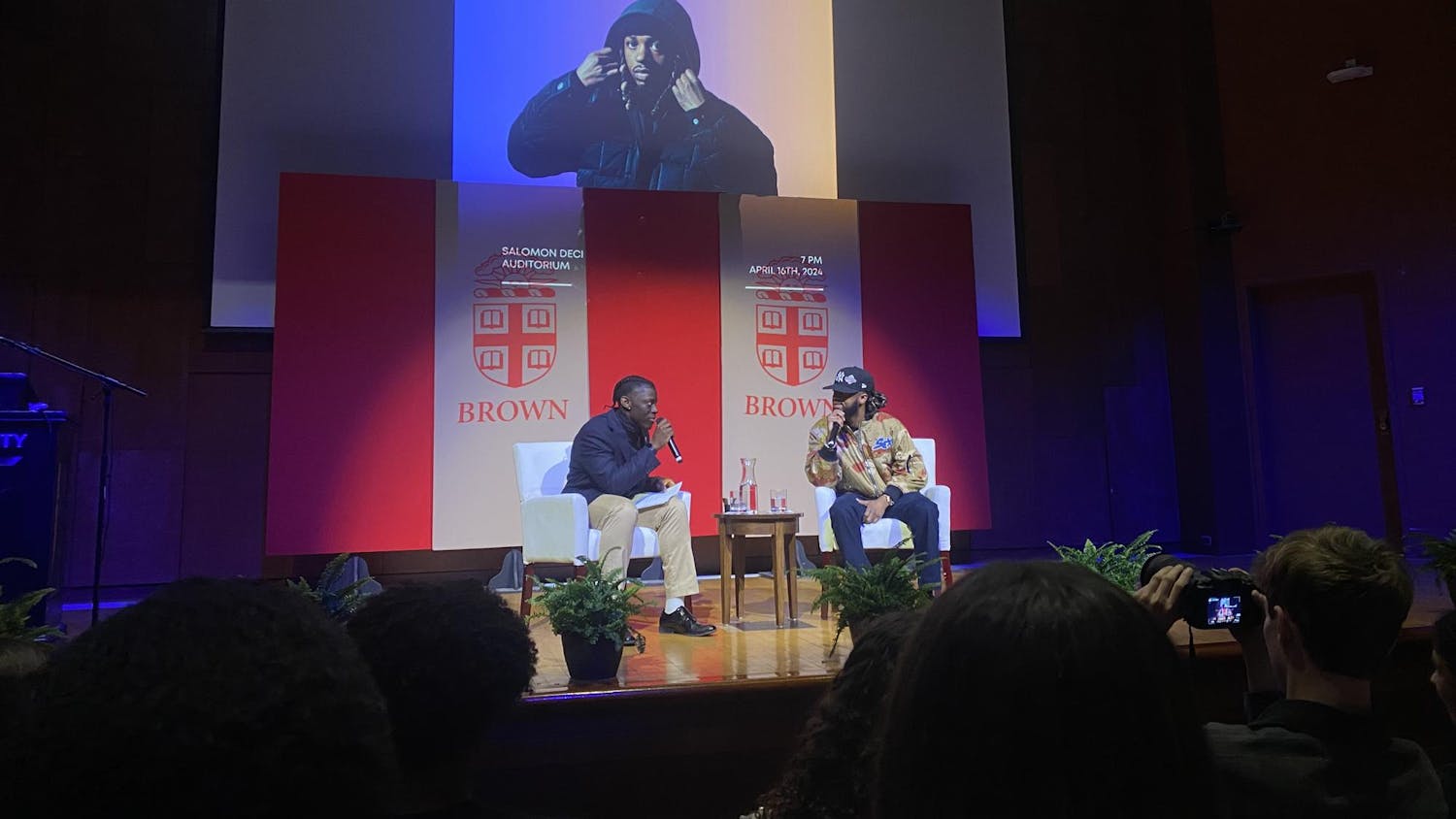Completing a thesis in a joint or independent concentration may offer greater flexibility in the honors process, but coordination difficulties across departments can pose obstacles for students seeking to graduate with honors in interdisciplinary fields.
Students in joint concentrations — interdisciplinary concentrations that span more than one department or program — are less likely to complete honors requirements than are many of their single-concentration peers. In the class of 2013, for instance, four out of 66 business, entrepreneurship and organizations concentrators completed a thesis, and 23 percent of applied mathematics-economics concentrators did so in the same year. Both are joint concentrations.
Three out of 12 independent concentrators in the class of 2013 wrote theses, compared to 35 percent of life and medical sciences concentrators, 33 percent of humanities concentrators, 25 percent of physical science concentrators and 13 percent of social science concentrators.
Joint concentrators who want to graduate with honors often must coordinate between multiple departments, an added layer that can present distinct difficulties.
Students in joint concentrations that involve economics and one other program must have their main thesis adviser be in one department and a secondary adviser in the other, said Roberto Serrano, who chairs the economics department.
This requirement works to ensure “that the content of the thesis and the methodology used qualify for the joint concentration,” Serrano said.
Some recent graduates who completed theses in joint or independent concentrations said they had a more flexible thesis-writing experience because they knew what they wanted to get out of the process.
Nabeel Gillani ’12, who won the Distinguished Senior Thesis Award for his honors thesis in applied math-computer science, said his joint concentration thesis naturally evolved out of his prior schoolwork. Gillani said his research focused on rebuilding infrastructure effectively after a natural disaster.
Applied math and computer science are “inherently connected,” Gillani said, adding that interdisciplinary linkages made uniting the fields into a thesis easier.
“The bridge already exists” between the two departments, Gillani said, describing computer science as “a language to explore applied math concepts.”
Some students said they want to build a bridge between less obviously connected departments.
Liana Ogden ’11, who studied semiotics-French, which combines courses from the French studies and modern culture and media departments, worked within both departments to complete her thesis on the portrayal of animals in literature and other media. She said she based her thesis on an essay she wrote her sophomore year.
“I leapt at the opportunity to ... finally write this 90-page summary of my undergraduate academic experience,” Ogden said.
Though she began her research with French sources, Ogden said she soon realized modern culture and media “fit very well into the concept.”
Proceeding with a joint concentration thesis was an obvious next step, she said.
But stepping beyond the bounds of one department can create problems when joint concentrators seek to coordinate advising input across departments.
“People weren’t quite sure what the rules were for dealing with me,” Ogden said, adding that faculty members often had to “jump through hoops” to help her with a thesis. MCM concentrators rarely completed double concentration honors requirements during her time at Brown, Ogden said.
Though many departments require potential thesis writers to select an adviser by the end of their junior year, students seeking to complete honors requirements in joint or independent concentrations may sometimes start contacting faculty members earlier in their studies.
Both Gillani and Ogden said they discussed the interdisciplinary ideas surrounding their theses with their advisers well before deciding to complete honors research.
Ogden said her senior year courses also fed into her thesis work. Because she had already fulfilled the majority of her French and MCM requirements, she was able to “cherry-pick classes that would revolve around the topic” of her honors project, she said.
Gillani said he reached out to then-Professor of Computer Science Pascal Van Hentenryck to be his thesis adviser.
“I wanted to see how we could connect education and computer science,” Gillani said, adding that Van Hentenryck gave him the choice to help him build on existing research or “take (his) own path.”
Gillani said he initially thought he would devise his own research for a thesis, but after considering Van Hentenryck’s expertise, he “felt like working with a professor who was really into his field and knew a lot about a particular domain would be a better experience.”
ADVERTISEMENT




